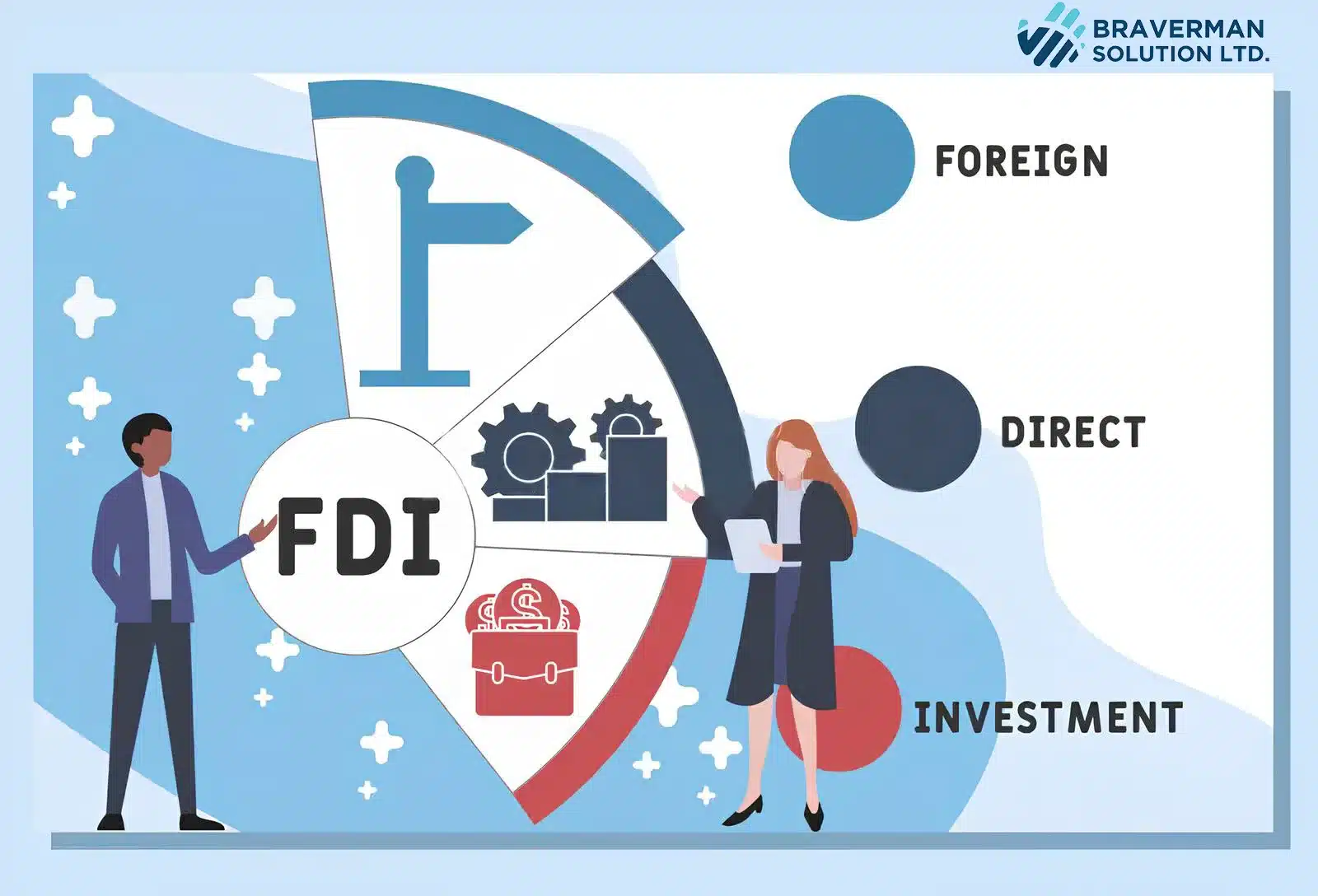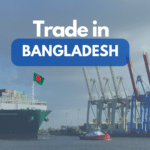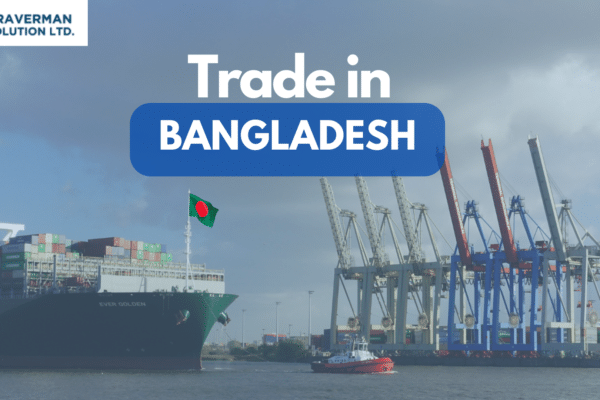Opportunities of Foreign Direct Investment in Bangladesh in 2024
Bangladesh, once dubbed the “basket case” of South Asia, has surged into a prime investment destination, enticing global giants like Unilever and Honda. Why? A booming young population (average age 24), coupled with a rapidly expanding middle class (projected to reach 48 million by 2030), creates a vibrant consumer market.
Bangladesh boasts one of the largest workforces in the world, with over 160 million consumer. Over 60% of the population is under 35, offering a demographic dividend ripe for skills development and technology adoption
The garment industry, boasting a 14% global market share and projected to double in value by 2025. Textile and apparel, backbone of Bangladesh’s export , are undergoing a digital transformation, embracing automation and sustainability.
The World Bank predicts Bangladesh’s light manufacturing sector to contribute 19% to GDP by 2030. Additionally, the emerging pharmaceutical industry, with exports exceeding $3.5 billion in 2022, presents fertile ground for investment, fueled by government initiatives .
The IT-enabled services industry, projected to reach $10 billion by 2025, offers exciting opportunities in software development, data analytics, and BPO services.
Bangladesh, with its fiscal incentives, streamlined regulations, and commitment to sustainability, is no longer just a manufacturing behemoth but an investment oasis waiting to be explored. Dive in, and discover the next Asian tiger waiting to roar.
A Thriving Investment Climate

Its strategic location, growing domestic market, and competitive labor costs have attracted significant interest across diverse sectors. In 2021, Foreign Direct Investment (FDI) reached a record high of $3.6 billion, a remarkable 58% increase from the previous year. This trend shows no signs of slowing down, with the United Nations Conference on Trade and Development (UNCTAD) predicting a further 7% and 11% increase in 2023 and 2024.
Recent Trends in Foreign Investment Inflows

Growth in 2023: After a pandemic-induced slump, Bangladesh witnessed a significant rise in foreign direct investment (FDI) inflows in 2023. Bangladesh Bank reports a 32% increase compared to 2022, reaching nearly USD 7 billion.
Shifting Sectoral Distribution: While RMG remains the leading recipient, sectors like pharmaceuticals, renewable energy, and infrastructure are gaining traction. Notably, investments in solar power projects have surged due to government incentives and rising energy demand.
Post-Pandemic Recovery Patterns: Despite global headwinds, Bangladesh’s FDI recovery is outpacing regional peers, indicating its increasing attractiveness as an investment destination. The World Bank’s “World Investment Report 2023” highlights this positive trend
Economic Zones Boosting Investment: The government’s Economic Zones initiative and Special Economic Zones (SEZs) are attracting foreign investment in manufacturing and export-oriented sectors. Recent news in Daily Star reports the establishment of new SEZs dedicated to pharmaceuticals and light engineering, drawing interest from European and Japanese investors.
Major Foreign Investors

While Singapore and the UK remain major investors, there’s a growing presence of companies from China, Japan, and South Korea. UNCTAD’s “World Investment Report 2023” points to this trend, citing increased interest from Asian multinational corporations in Bangladesh’s expanding market and skilled workforce.
Investments are moving beyond Dhaka, with Chittagong and Mongla emerging as attractive locations due to improved infrastructure and proximity to ports.
Quantifying Financial Services
Loan Volume: Bangladesh Bank data shows that domestic private banks provided over BDT 350 billion in loans to foreign investment projects in 2022, representing a 20% increase over 2021. A report shows that further growth in 2023, exceeding BDT 420 billion.
Guarantees: Issuing guarantees for foreign investors is becoming increasingly common. In 2022, Bangladeshi banks issued guarantees worth over BDT 180 billion, facilitating access to financing for larger projects. The World Bank’s “Private Participation in Infrastructure” report acknowledges the significant role of bank guarantees in attracting foreign investment to Bangladesh’s infrastructure sector.
Advisory Services: Leading banks like BRAC Bank, Standard Chartered Bangladesh, and Citibank are actively offering customized investment advisory services to foreign investors. These services include market research, project feasibility assessments, and legal and regulatory guidance. Interviews with key stakeholders in these banks can provide valuable insights into the scope and impact of these services. for further details contact
Regulatory Environment
The recent implementation of Basel III capital adequacy requirements by Bangladeshi banks presents a complex picture. Research by the Bangladesh Bank suggests a temporary dip in lending capacity, but long-term benefits such as increased investor confidence are also anticipated. Meanwhile, policy initiatives like Special Economic Zones (SEZs) offer targeted incentives and streamlined processes, attracting significant foreign investment in sectors like textiles and pharmaceuticals. Success stories like the Mongla Export Processing Zone showcase the potential of SEZs to boost foreign investment inflows.
Learning from the Neighborhood
Benchmarking Bangladesh’s regulatory framework against regional peers in South Asia and Southeast Asia offers valuable lessons. Economies like Vietnam and Thailand have implemented successful streamlining measures, reducing approval times and costs for foreign investors. Singapore’s robust investor protection framework sets a high standard for transparency and predictability.
Success Stories
Grameenphone’s Expansion Powered by BRAC Bank
In villages where land and opportunity once seemed scarce, mobile connectivity is changing lives, fueled by a unique partnership between BRAC Bank and Grameenphone.
The story begins in 2007, when BRAC Bank, a microfinance pioneer, joined hands with Grameenphone, the leading mobile operator in Bangladesh. Their objective was to bridge the digital divide and empower rural communities through increased mobile phone access. BRAC Bank provided microloans to rural entrepreneurs, enabling them to purchase Grameenphone SIM cards and mobile handsets.
The impact was immediate and profound. Within a decade, mobile phone penetration in rural Bangladesh soared from a mere 10% to over 60%. This wasn’t just about connecting friends and family. This connectivity fueled a wave of economic and social development.
A 2020 study by the World Bank and GSMA found that for every 10% increase in mobile phone penetration in rural Bangladesh, poverty reduces by 1.2%. Grameenphone’s expansion, spurred by BRAC Bank’s microloans, directly contributed to this decline in poverty, lifting countless families out of hardship.
Beyond poverty reduction, the partnership has created a cascade of positive effects. Rural entrepreneurs now use mobile phones for financial transactions, accessing microloans and managing their businesses efficiently. Farmers receive real-time market information and weather updates, optimizing their yields and income. Students engage in online learning, bridging the educational gap with urban counterparts.
The digital revolution hasn’t stopped there. Grameenphone, with BRAC Bank’s support, has rolled out mobile internet services in rural areas. This has opened doors to e-commerce, creating new opportunities for local businesses and artisans to reach wider markets. Telemedicine initiatives leverage mobile connectivity to provide healthcare services in remote villages, where access to physical facilities was once a distant dream.
The partnership’s success hinges on a deep understanding of rural needs and challenges. BRAC Bank’s microloan model ensures affordability and accessibility, while Grameenphone’s extensive network and innovative services cater to the specific requirements of rural users.
Their collaboration stands as a testament to the power of financial inclusion and digital connectivity in transforming lives. By bridging the rural-urban divide, BRAC Bank and Grameenphone are not just selling mobile phones. They are selling hope, opportunity, and a brighter future for millions in the Bangladeshi countryside.





